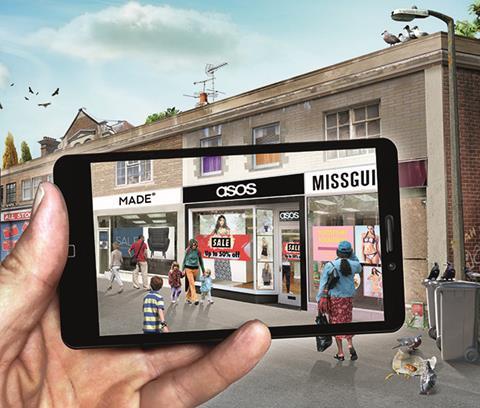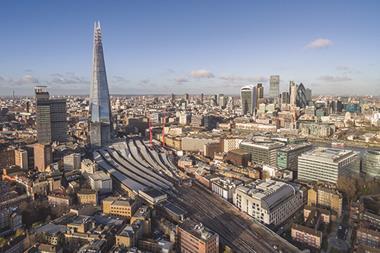The emerging Christmas trading figures illustrate that high street retailers face a challenging 2017 through the ongoing threat of online retailing, an increase in costs and rising inflation.

In November 2016 the amount spent online increased by a quarter compared to November 2015, and there appears to be no sign of this slowing down.
High street retailers need to embrace online retailing by incorporating their online offering within their stores, for example through the provision of ominchannel services or by using their stores as showrooms for their products which can then be purchased online.
The dangers of having digital barriers were highlighted in 2016 by BHS’ underdeveloped online offering, a key reason in its collapse.
Retail landlords also need to be savvy by working closely with online retailers, for example, NET-A-PORTER who are taking space in shopping centres. As they become more accessible to their customers there is an added benefit of potential increased footfall for other retailers.
High street retailers also face increasing costs through the hike in business rates, the depreciation of sterling, increases in the National Living Wage and the imposition of the apprenticeship levy. The depreciation of sterling will take its toll on British retailers as imports become more expensive.

The weak pound may still encourage increased tourism spending, but only the major UK cities will benefit. UK consumer spending will also be affected as higher inflation affects purchasing power.
With all these obstacles ahead, retailers need to evolve and future-proof their businesses to remain competitive and attractive to consumers and to investors. Retail, particularly prime retail, is still a strong asset class and continued investment and effective asset management is essential.
Placemaking
Placemaking for retail and mixed use developments is a key trend which aims to maximise the value and usage of public open space. Retailers can benefit from this by becoming more relevant and integral to the community and this offering.
Shopping Centres have to embrace destination retail as consumers now want a diverse shopping experience with the right leisure facilities, i.e. cinemas and gyms as well as the right food and drink offering.
Consumers are also more sophisticated and demand more omnichannel services. In facilitating tech advances, retailers and shopping centres have to be convenient for the digital-savvy customer, who wants to seamlessly switch between buying online and in-store.






























No comments yet